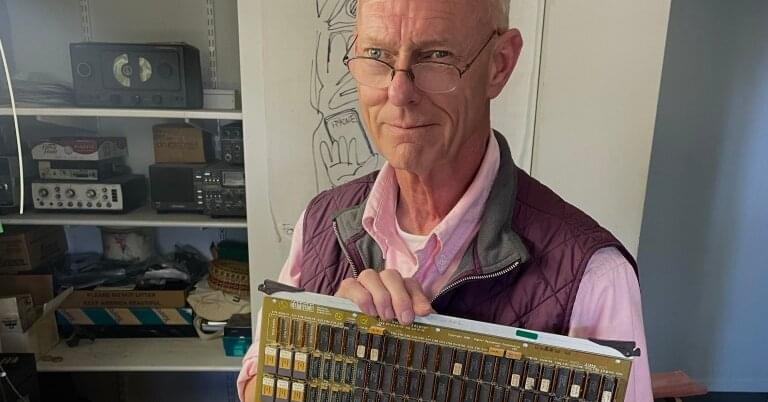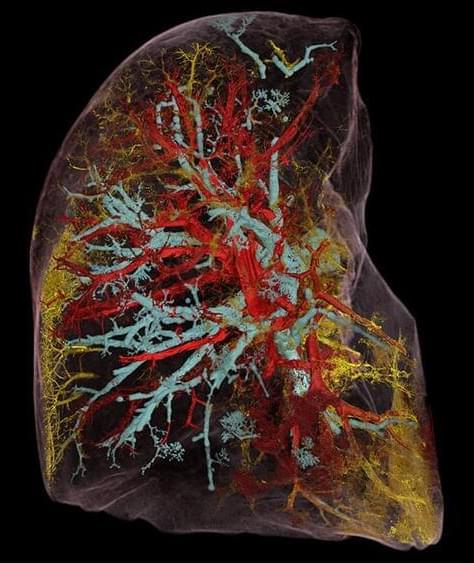Astronomers may have discovered a binary pair of supermassive black holes that are doomed to collide 10,000 years from now.




HP appears to be strengthening its position as a provider of XR software for enterprise companies. Today it announced the release of a mobile device management (MDM) solution that’s designed to make deploying and managing large-scale VR easier.
Called HP ExtendXR, the software as a service (SaaS) was built in collaboration with ArborXR, an AR/VR device management company that came out of the VR arcade space in 2016.
HP says its collaboration with ArborXR is targeting companies who want to more easily scale their VR deployments, but also take advantage of HP’s global support and HP Horizon secure cloud infrastructure.




Researchers with the University of Chicago Pritzker School of Molecular Engineering have shown for the first time how to design the basic elements needed for logic operations using a kind of material called a liquid crystal—paving the way for a completely novel way of performing computations.
The results, published Feb. 23 in Science Advances, are not likely to become transistors or computers right away, but the technique could point the way towards devices with new functions in sensing, computing and robotics.
“We showed you can create the elementary building blocks of a circuit—gates, amplifiers, and conductors—which means you should be able to assemble them into arrangements capable of performing more complex operations,” said Juan de Pablo, the Liew Family Professor in Molecular Engineering and senior scientist at Argonne National Laboratory, and the senior corresponding author on the paper. “It’s a really exciting step for the field of active materials.”

